The reports on this page provide guidance on issues related to the executive branch of government, including executive structure, executive powers, executive appointment/removal and government ministries, and semi-presidentialism.
Selected Materials
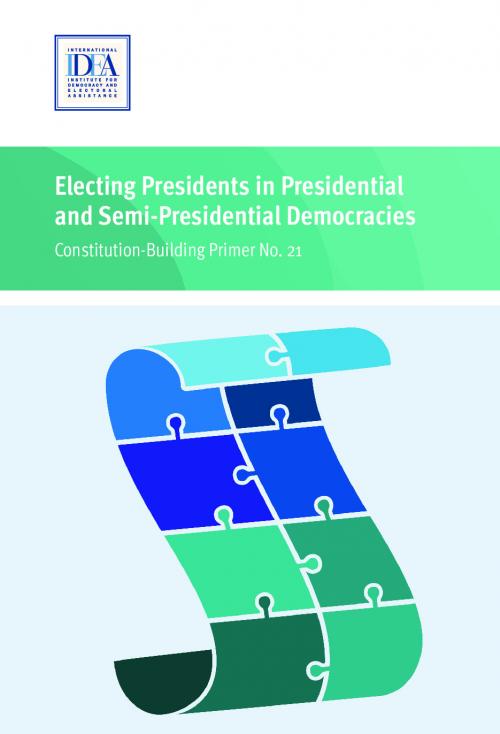
This Constitution Building Primer from International IDEA explains the constitutional rules for direct election of presidents in systems where president exercise executive power (available also in Spanish on the International IDEA website)
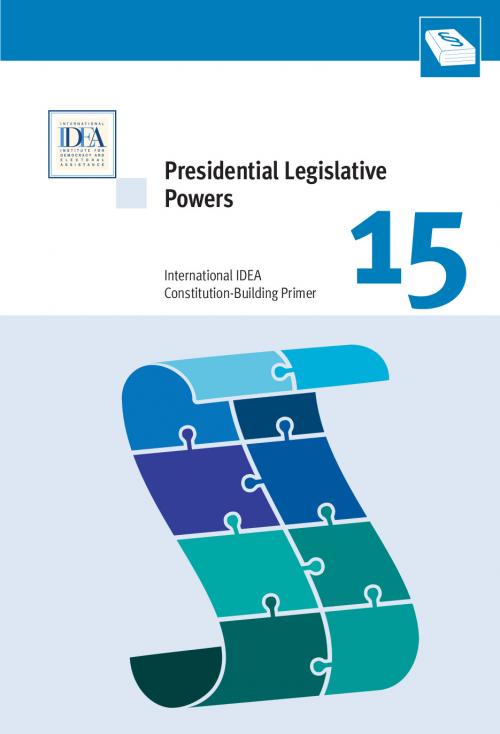
This Constitution Building Primer from International IDEA explains the legislative initiative and agenda-setting powers that allow presidents to exercise political leadership, for example enabling them to propose legislation, control the legislative agenda and issue decrees (also available in Spanish from the International IDEA website).
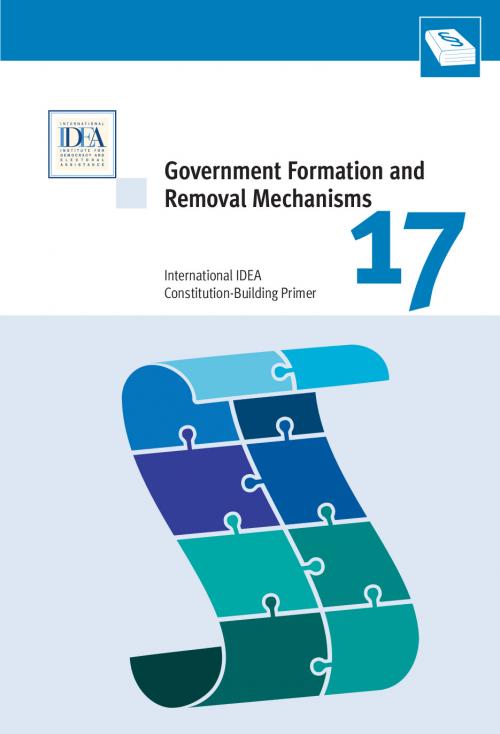
This Constitutional Design Primer from International IDEA discusses rules for the selection and removal of governments in parliamentary and semi-presidential systems.
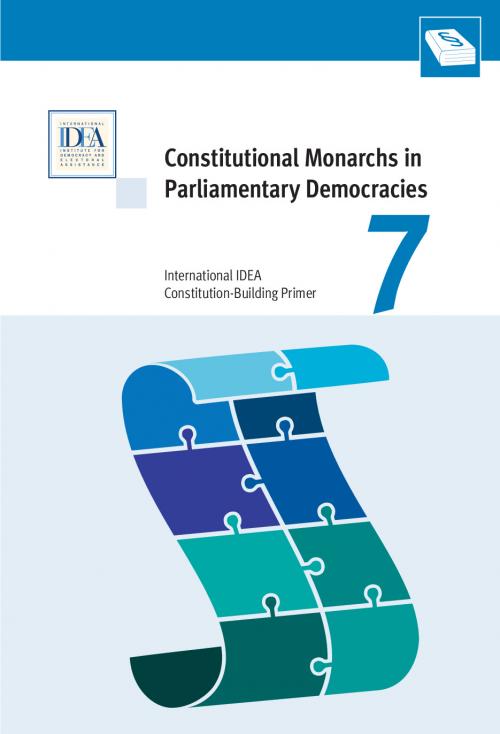
This Constitutional Design Primer from International IDEA explains the constitutional roles and responsibilities of monarchs in parliamentary democracies (available also in Arabic on the International IDEA website)
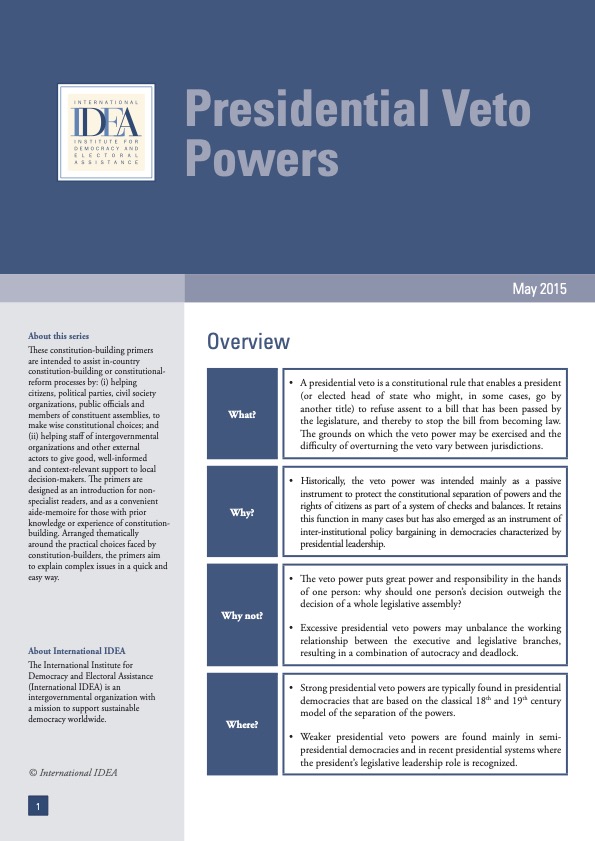
The primer describes the nature and purpose of the presidential veto is and why it is frequently included as an executive power and important component of executive/legislative checks and balances.  It also describes drawbacks to the veto power and describes different design options and considerations.
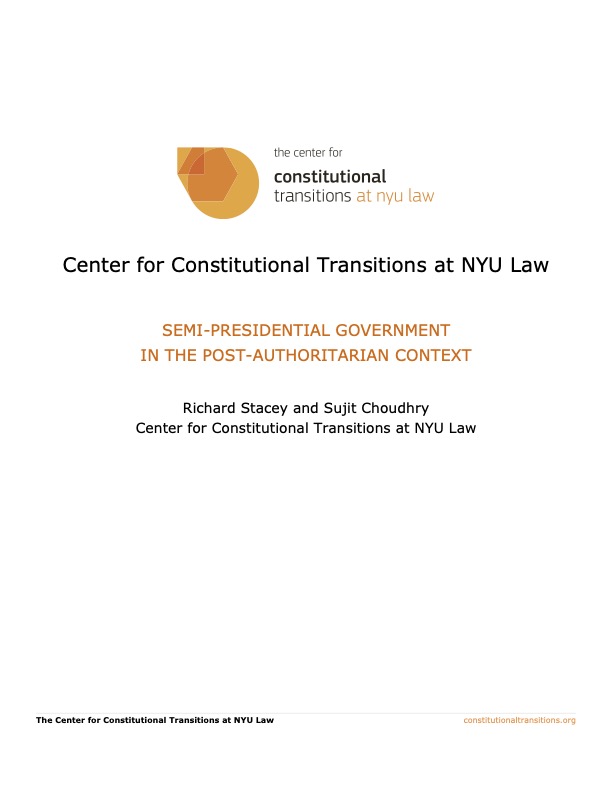
This paper considers the options available for structuring the semi-presidential system under three headings: constitutional architecture; the distribution of executive powers; and security and emergency powers.
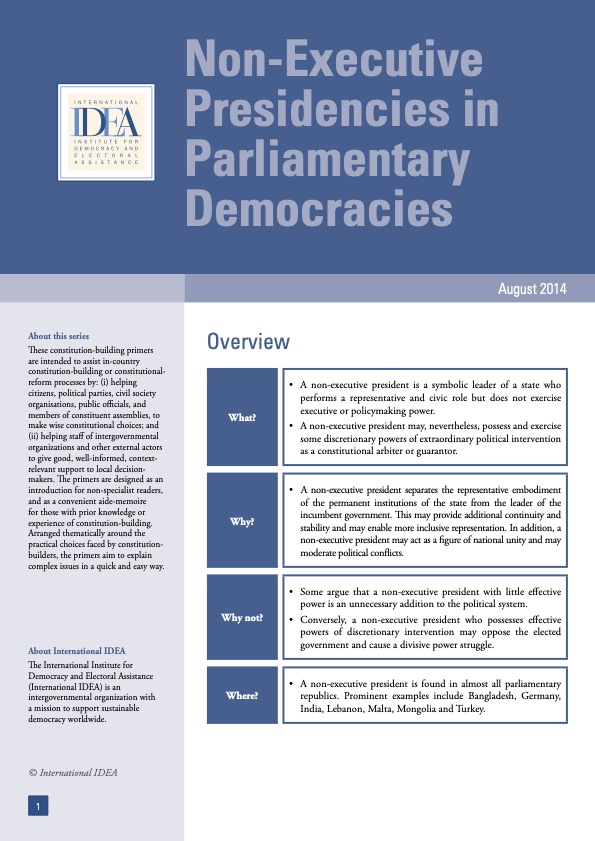
This primer explores the ranges of roles and responsibilities that are sometimes assigned to a non-executive (symbolic) president in a parliamentary system.&nbsp This is different from a "hybrid" system of government where a president and prime-minister each have substantial power.&nbsp The primer also examines the election and tenure of non-executive presidents and provides examples of countries that incorporate a non-executive president.
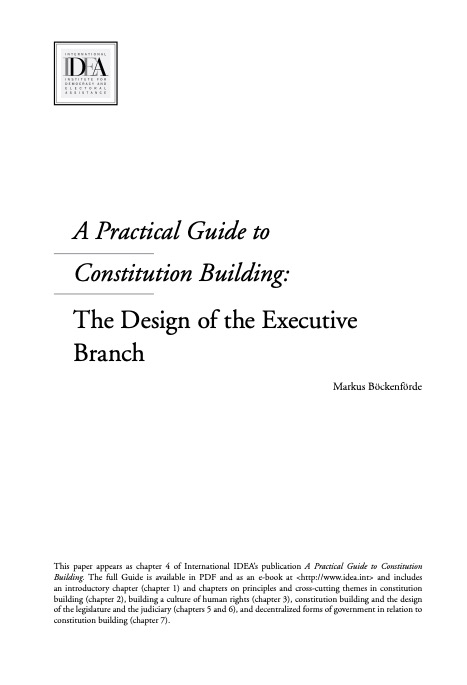
This paper appears as chapter 4 of International IDEA’s publication A Practical Guide to Constitution Building. It focuses on the design of the executive branch of government. The paper starts by setting out the various models of executive governments, including presidential, parliamentary and mixed systems. A discussion concerning the importance of design options for all political actors follows, along with a discussion of the importance of the political context within the state. Finally, the report discusses various design options for de-concentrating executive power. These options include: a centralized executive in a democratic setting, institutional de-concentration within the executive, institutional checks on the executive, and designing the executive''s substantive powers.
Semi-Presidentialism

This paper considers the options available for structuring the semi-presidential system under three headings: constitutional architecture; the distribution of executive powers; and security and emergency powers.

This report discusses the design of a semi-presidential system for the post-Arab Spring MENA region under three headings: (1) the establishment of the semi-presidential system, (2) the day-to-day operation of the semi-presidential system and (3) the operation of the semi-presidential system during times of crisis, including the use of emergency powers and control of the armed and security forces.&nbsp
In the wake of the Arab Spring, this paper looks at the implications of choosing a semi-presidential system of government. The paper discusses the historical origins, structure, and corresponding distribution of power in a semi-presidential system. The paper then provides the pros and cons of adopting the semi-presidential system, and canvasses some of the conditions precedent for the success and/or failure of the semi-presidential system. The paper ends with a look at Portugal as a case study on the semi-presidential model.
This document is part of a series of papers produced by PILPG experts seeking to provide legal counsel to the Iraqi government during the Constitutional Review Process in 2007. This paper considers the executive systems of France, Lebanon, Romania, Poland, and Lithuania, to demonstrate a number of similarities in the relative powers of the President and Prime Minister and illustrate a few differences in state practice.
